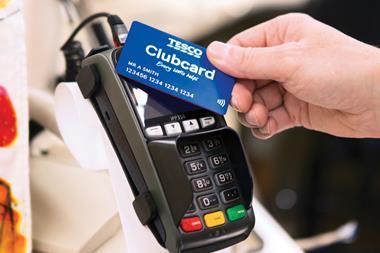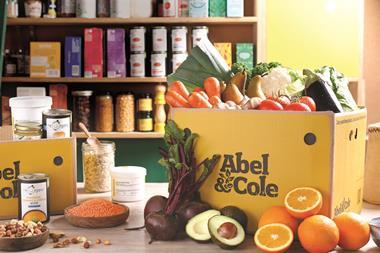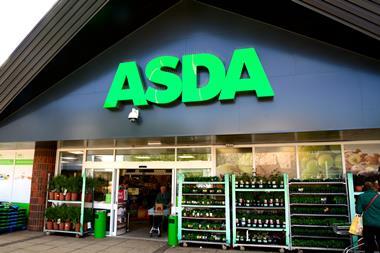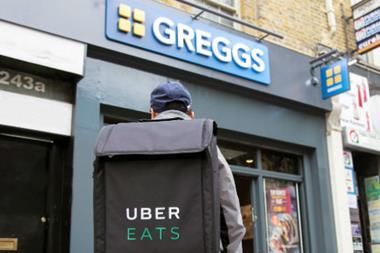Food price inflation has had a rollercoaster ride over the past six months, soaring in June but flattening by November. But after a tumultous six months, plotting where prices will go next is a tough task.
Due to lags in the supply chain, food commodity prices were already starting to fall back from their March/April peak as retail inflation sailed upwards. Retail prices in June rose by 4.2%, the biggest rise since the index began in January 2006.
Even as retail prices rocketed, it was clear the rise would not be sustained for long: input costs were already falling and so monthly inflation quickly slowed.
Commodity prices first fell as supply issues caused by extreme weather in 2007 began to abate, but this was furthered by sharp falls in global demand caused by an economic downturn.
But hopes the commodity price crash would lead to falling retail prices were dashed by steep falls in the value of the pound, which fell more than 25% against the dollar and hit record lows against the euro. This currency effect not only increases the cost of imported food - about half of the UK's consumption - but also of key agricultural commodities priced in dollars.
So far, these factors, coupled with intensive retail promotions, particularly on alcohol, have held prices relatively flat at the end of 2008. The Grocer Price Index showed prices fell 0.1% in both October and November, though they remain 14.1% higher than 12 months ago.
The direction of travel in the next 12 months is far from clear. CPI figures released this week showed the UK's inflation rate continues to fall steadily, though the biggest exception is food. Food prices were the most substantial positive contributor to inflation in the last month, according to National Statistics. If forecasts about the health of the UK economy get any worse, the pound could weaken further, maintaining sufficiently to keep upward pressure on food prices.
The more likely scenario is that the huge slump in global demand will cause global commodity prices to fall enough to more than offset the currency effect. This could leave scope for retail price cuts early in the year, but presents a risk in the second half. If the global economy begins its recovery before the UK's does, demand for agricultural commodities will increase, and therefore so will prices, even while the pound stays weak. In this scenario food price inflation would return with a vengeance.
The continuing volatility of food prices is likely to be one of the major challenges of 2009 both for suppliers and retailers. Both must ensure they negotiate agreements that will enable the retailer to price competitively, while ensuring the supplier is able to meet their costs. Such a task will demand considerable finesse.
The retailers had differing degrees of success managing their inflation in 2008. Since June, food prices have risen on average 6.7%. Asda has been most successful keeping prices down, with a rise of 4.2% since June. Sainsbury's came in second with 6.2% inflation, Tesco was third with 7.3% while Morrisons had the highest inflation of the big four with 8.6%.
Due to lags in the supply chain, food commodity prices were already starting to fall back from their March/April peak as retail inflation sailed upwards. Retail prices in June rose by 4.2%, the biggest rise since the index began in January 2006.
Even as retail prices rocketed, it was clear the rise would not be sustained for long: input costs were already falling and so monthly inflation quickly slowed.
Commodity prices first fell as supply issues caused by extreme weather in 2007 began to abate, but this was furthered by sharp falls in global demand caused by an economic downturn.
But hopes the commodity price crash would lead to falling retail prices were dashed by steep falls in the value of the pound, which fell more than 25% against the dollar and hit record lows against the euro. This currency effect not only increases the cost of imported food - about half of the UK's consumption - but also of key agricultural commodities priced in dollars.
So far, these factors, coupled with intensive retail promotions, particularly on alcohol, have held prices relatively flat at the end of 2008. The Grocer Price Index showed prices fell 0.1% in both October and November, though they remain 14.1% higher than 12 months ago.
The direction of travel in the next 12 months is far from clear. CPI figures released this week showed the UK's inflation rate continues to fall steadily, though the biggest exception is food. Food prices were the most substantial positive contributor to inflation in the last month, according to National Statistics. If forecasts about the health of the UK economy get any worse, the pound could weaken further, maintaining sufficiently to keep upward pressure on food prices.
The more likely scenario is that the huge slump in global demand will cause global commodity prices to fall enough to more than offset the currency effect. This could leave scope for retail price cuts early in the year, but presents a risk in the second half. If the global economy begins its recovery before the UK's does, demand for agricultural commodities will increase, and therefore so will prices, even while the pound stays weak. In this scenario food price inflation would return with a vengeance.
The continuing volatility of food prices is likely to be one of the major challenges of 2009 both for suppliers and retailers. Both must ensure they negotiate agreements that will enable the retailer to price competitively, while ensuring the supplier is able to meet their costs. Such a task will demand considerable finesse.
The retailers had differing degrees of success managing their inflation in 2008. Since June, food prices have risen on average 6.7%. Asda has been most successful keeping prices down, with a rise of 4.2% since June. Sainsbury's came in second with 6.2% inflation, Tesco was third with 7.3% while Morrisons had the highest inflation of the big four with 8.6%.
















No comments yet